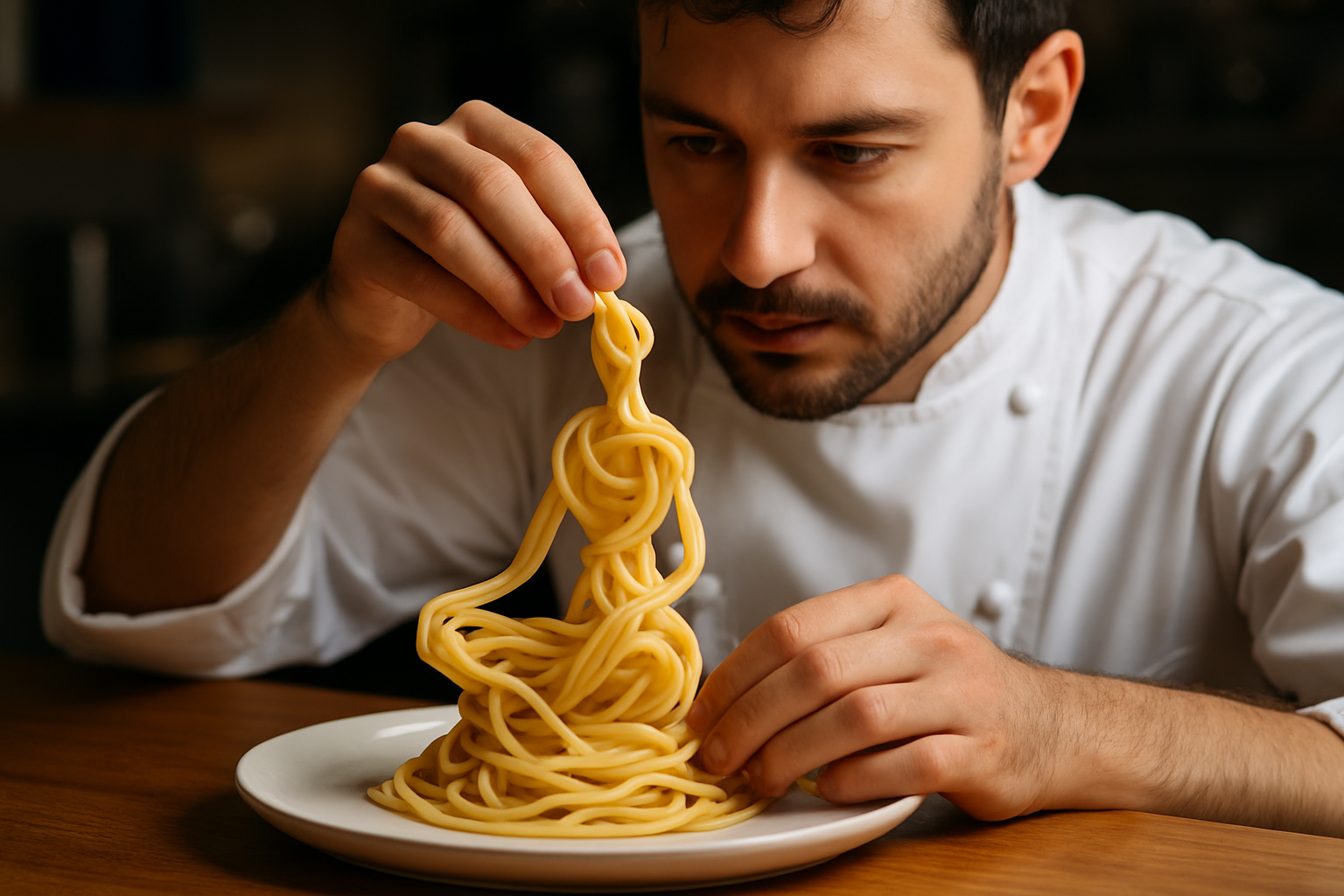Culinary Time Travel: Exploring Ancient Cuisines in Modern Dining
From ancient Roman feasts to Mayan chocolate rituals, the world of historical gastronomy is captivating travelers and food enthusiasts alike. This emerging trend combines culinary exploration with cultural immersion, offering a unique way to experience history through taste. As restaurants and tour operators embrace this concept, travelers can now embark on gastronomic journeys that transcend time, savoring flavors from bygone eras while gaining insights into past civilizations.

From Research to Restaurant
The journey from historical research to modern dining experience is complex and multifaceted. Archaeologists and food historians meticulously study ancient texts, artwork, and archaeological findings to uncover clues about past culinary practices. These findings are then interpreted by skilled chefs who use modern techniques and locally sourced ingredients to recreate ancient flavors while ensuring food safety and appealing to contemporary palates.
Time-Traveling Menus Around the World
Restaurants specializing in historical cuisines are popping up in cities worldwide, offering diners the chance to taste history. In Rome, diners can experience a meal inspired by ancient Roman recipes, complete with honey-glazed dormice (now substituted with more palatable alternatives) and garum, a fermented fish sauce that was ubiquitous in Roman cooking. In Mexico City, restaurants are reviving pre-Columbian dishes, showcasing ingredients like amaranth and chia that were staples of Aztec cuisine.
Immersive Culinary Experiences
Beyond restaurants, tour operators are now offering immersive culinary experiences that transport travelers back in time. In Egypt, visitors can participate in recreated ancient Egyptian feasts, dining on dishes like tiger nut sweets and bread made from emmer wheat, all while learning about the culinary customs of pharaohs and commoners alike. These experiences often include historical reenactments, providing context and bringing ancient dining rituals to life.
The Challenge of Authenticity
One of the main challenges in historical gastronomy is balancing authenticity with modern tastes and food safety standards. Many ancient ingredients are no longer available or are now considered unsafe for consumption. Chefs and researchers must find creative solutions, using modern substitutes that capture the essence of historical flavors while meeting contemporary dietary needs and preferences.
Educational Value and Cultural Preservation
Historical gastronomy offers more than just a unique dining experience; it serves as a powerful tool for education and cultural preservation. By engaging with ancient cuisines, travelers gain a deeper understanding of historical cultures, their values, and their relationship with food. This culinary time travel also helps preserve traditional knowledge and techniques that might otherwise be lost to time.
Savor the Past: Tips for Culinary Time Travelers
-
Research restaurants specializing in historical cuisines before your trip
-
Look for guided food tours that focus on ancient recipes and cooking methods
-
Visit local markets to discover ingredients used in traditional and ancient dishes
-
Attend cooking classes that teach historical recipes and techniques
-
Explore food museums to learn about the evolution of cuisine in different cultures
-
Read up on the historical context of the dishes you’ll be trying to enhance your experience
As the world of travel continues to evolve, culinary time travel offers a fresh and engaging way to explore history and culture. By literally tasting the past, travelers can gain a more profound and sensory understanding of ancient civilizations. This trend not only satisfies our culinary curiosity but also helps bridge the gap between past and present, reminding us of the rich tapestry of human culinary heritage that continues to influence our dining experiences today.




